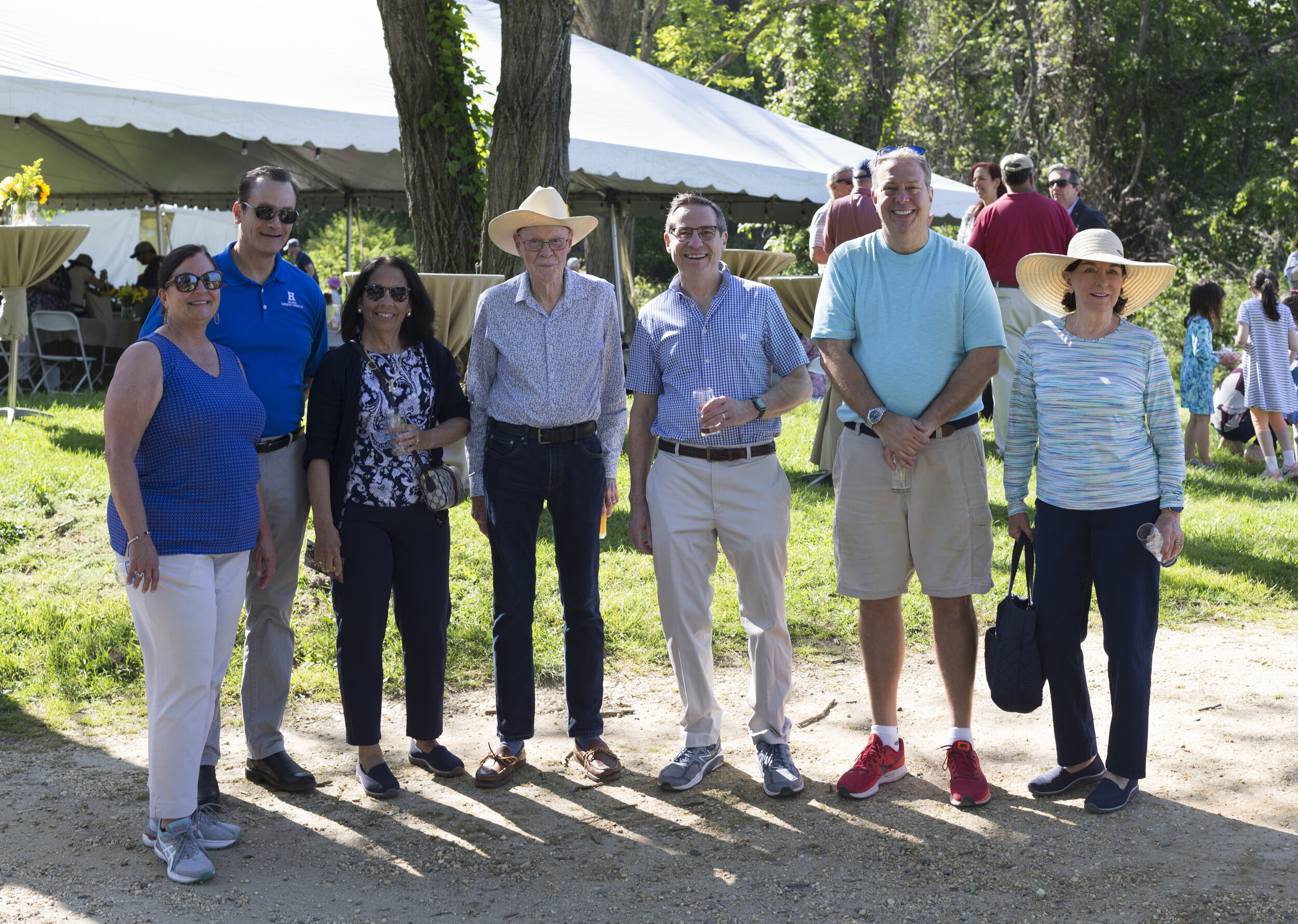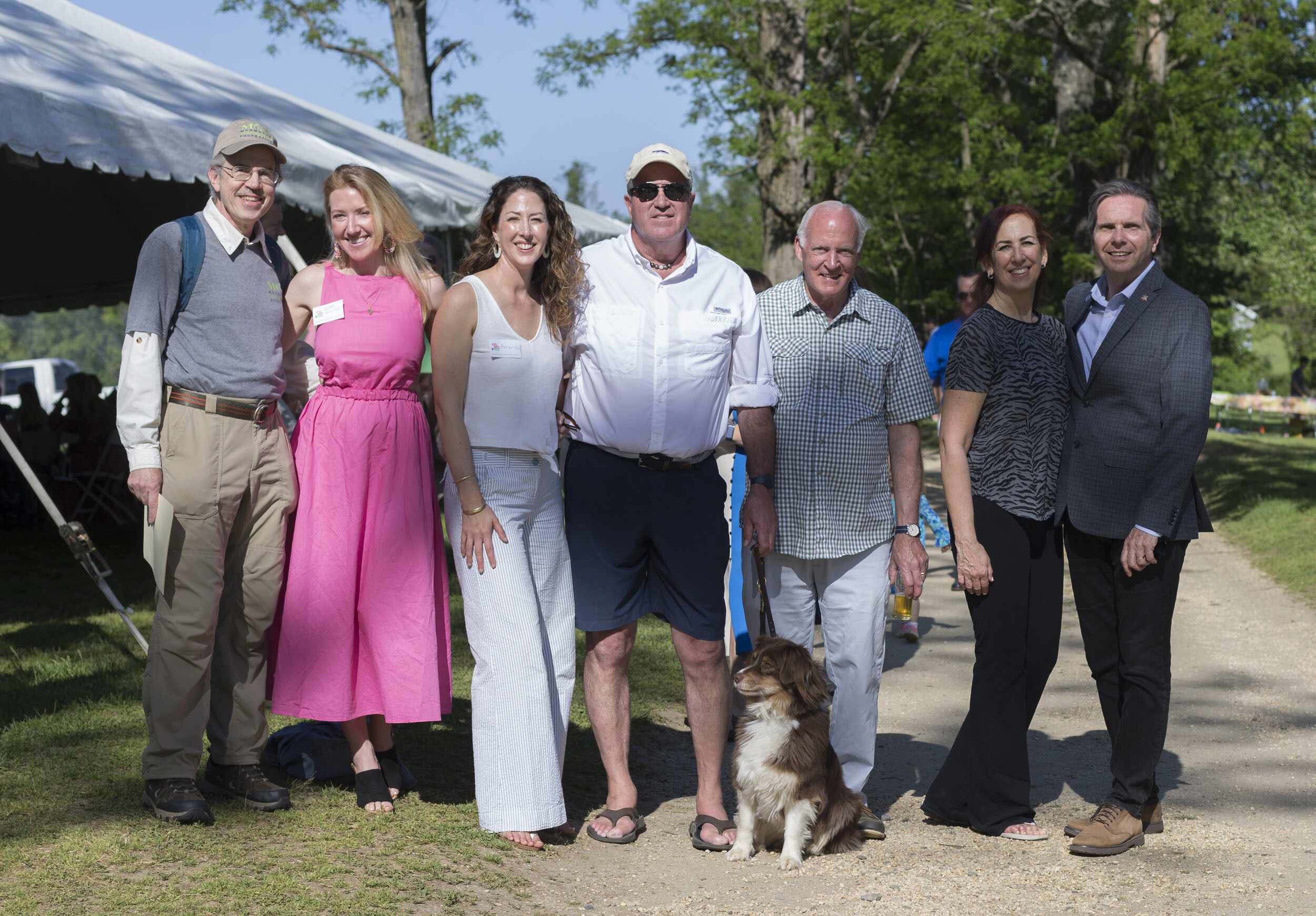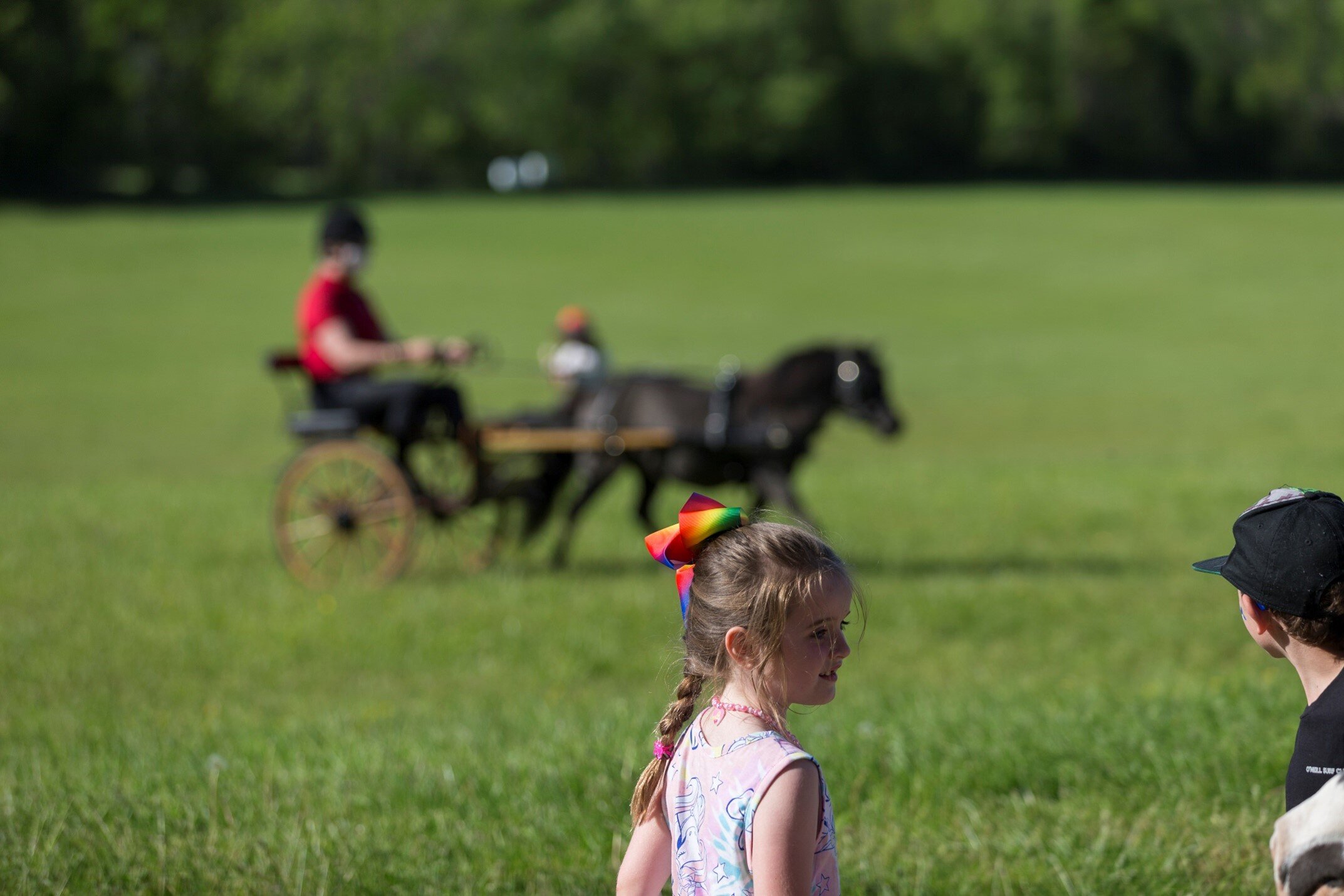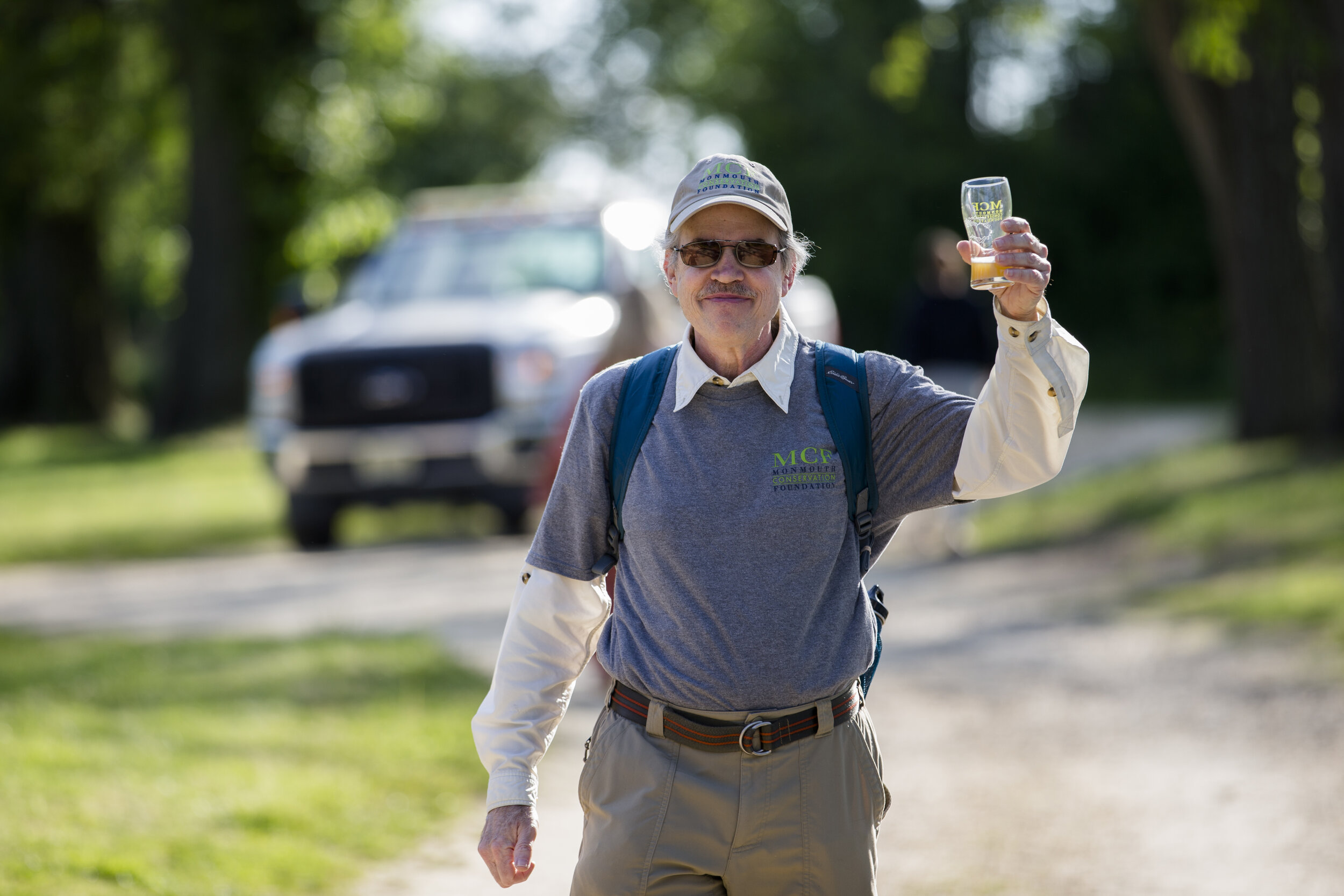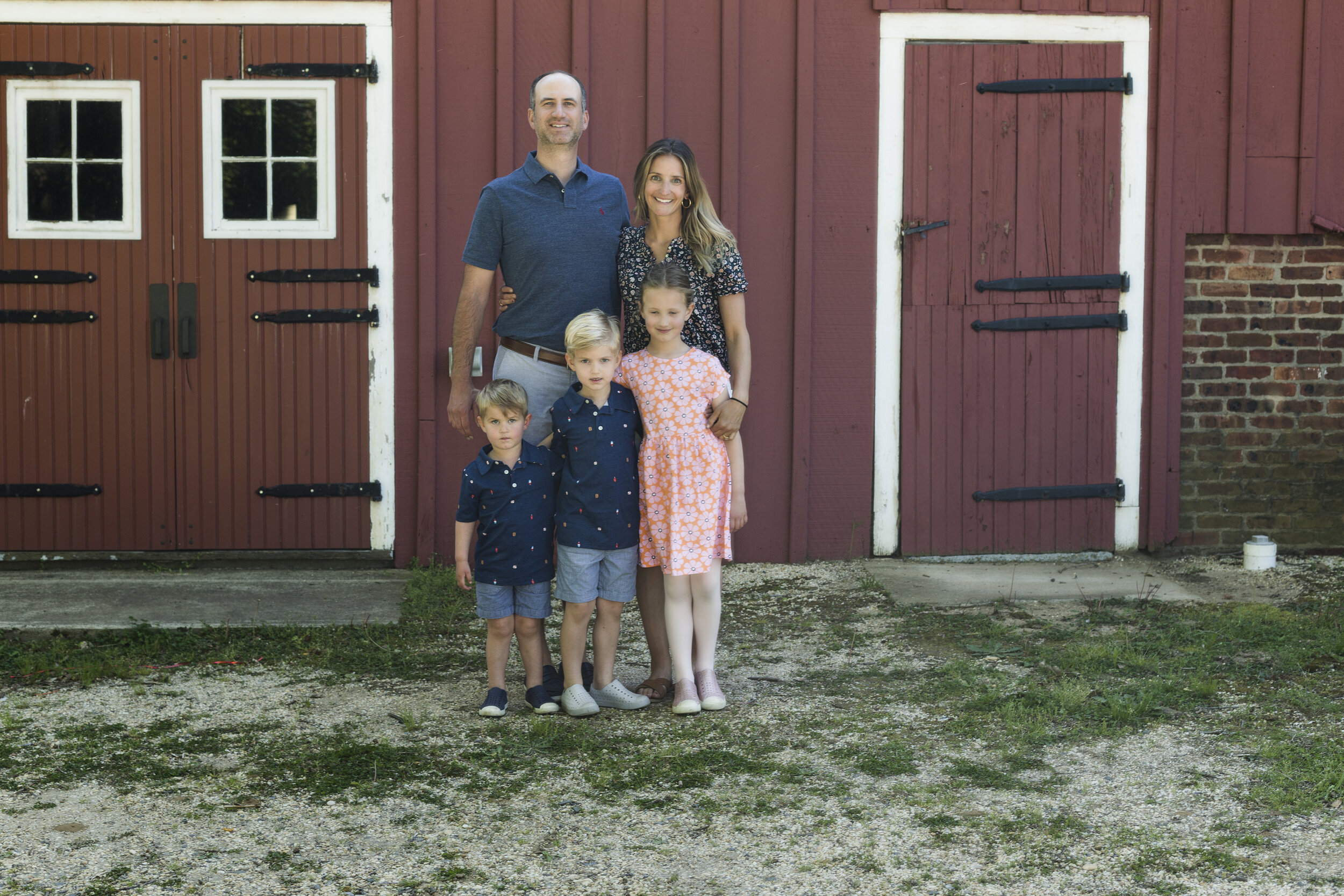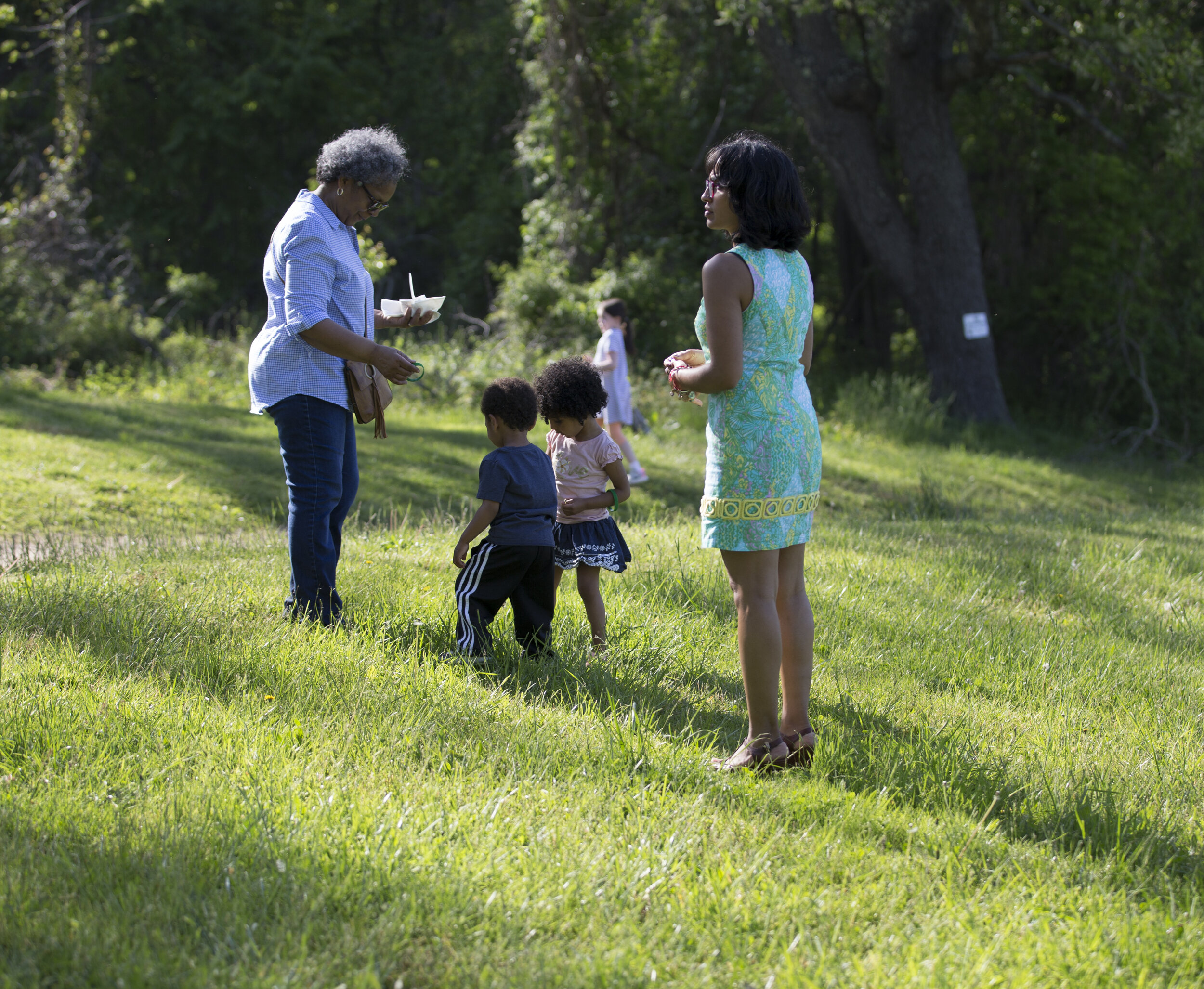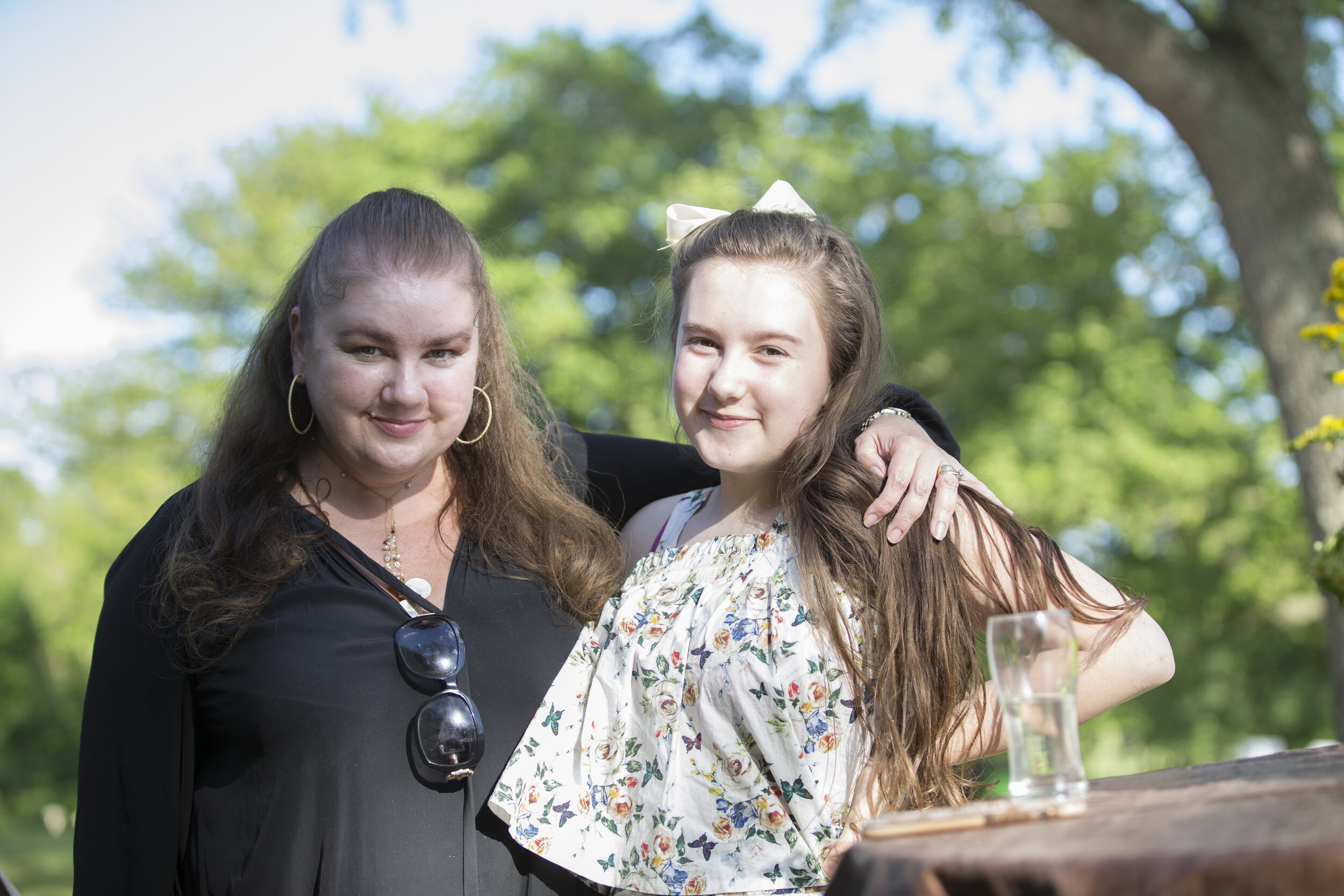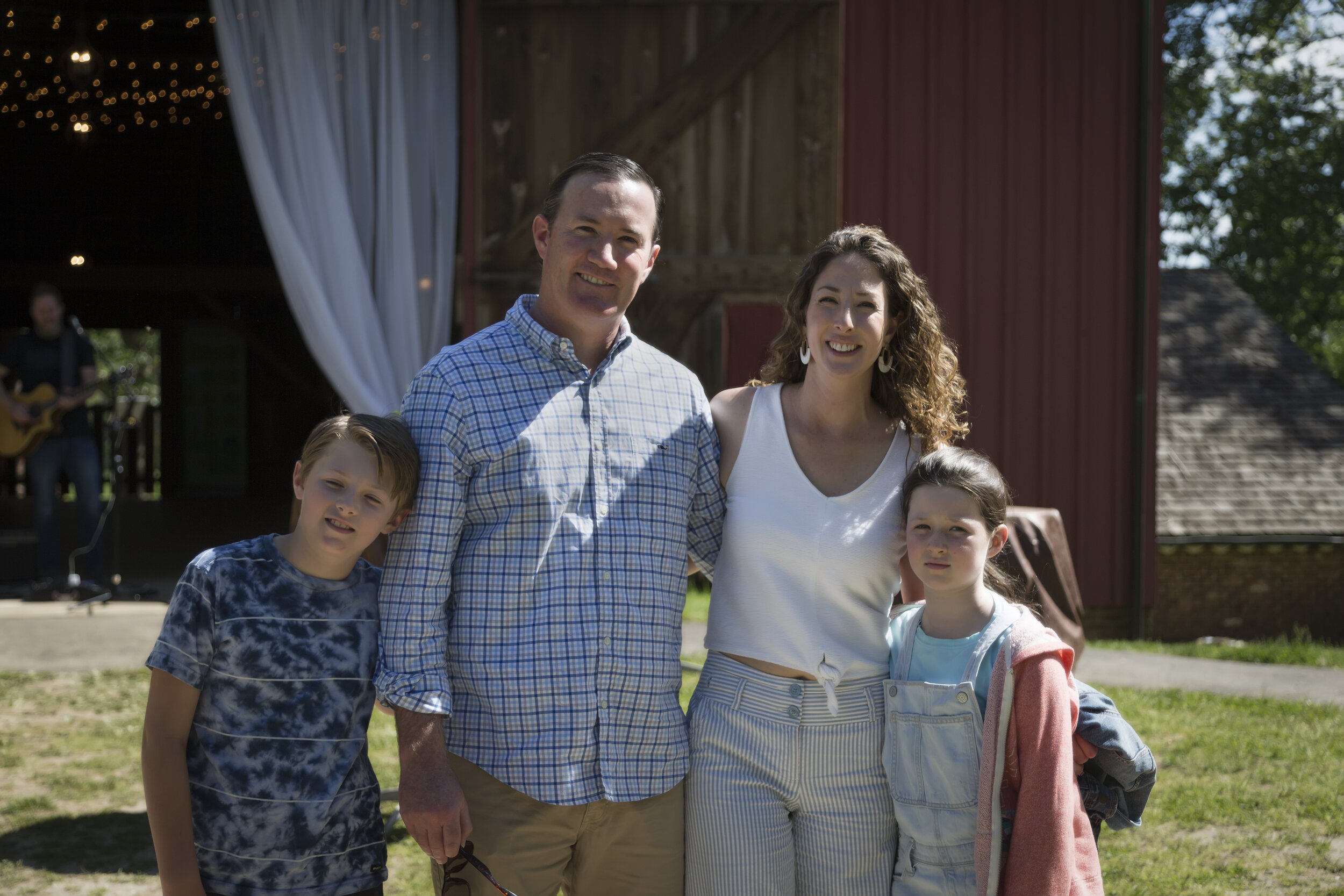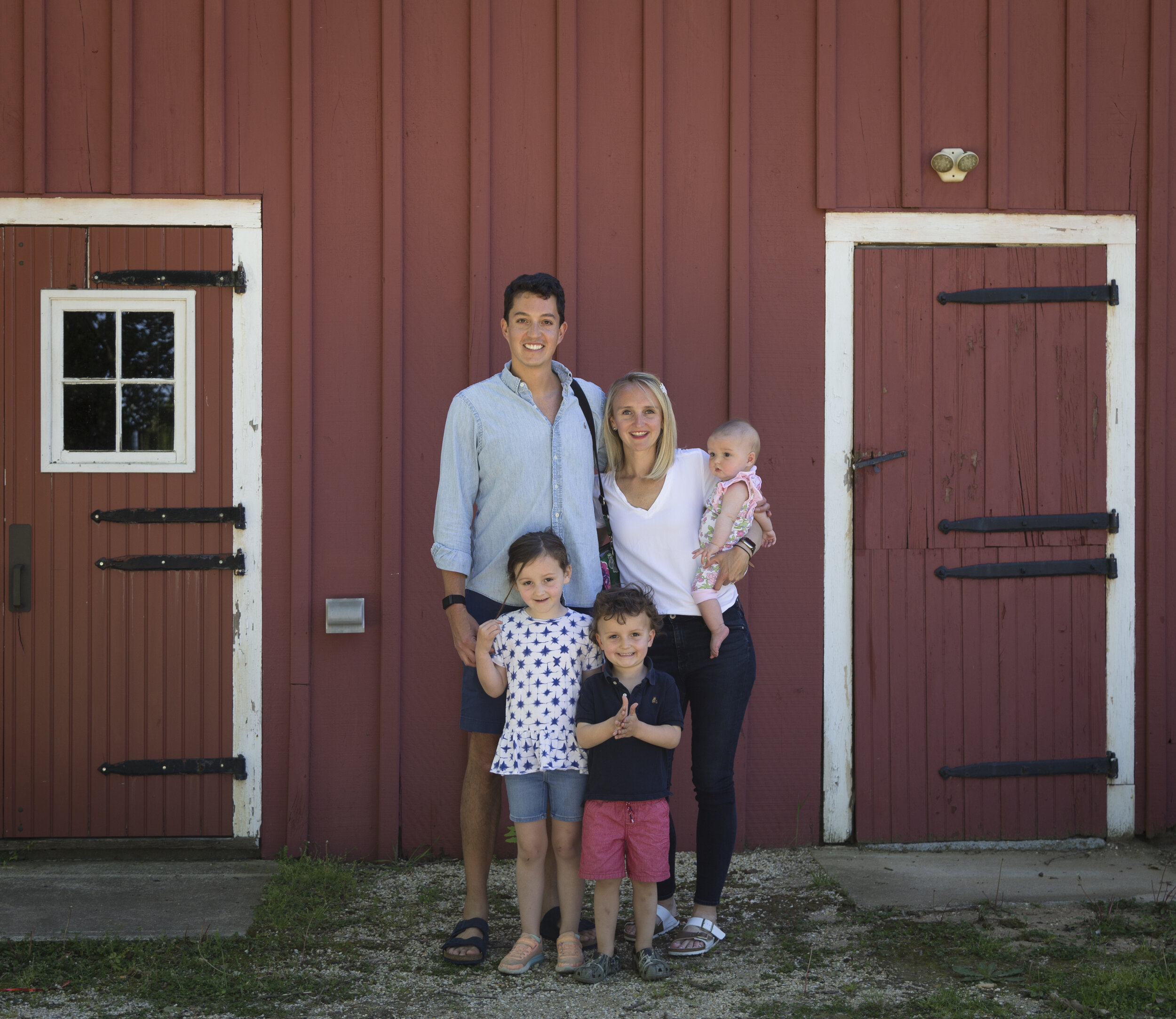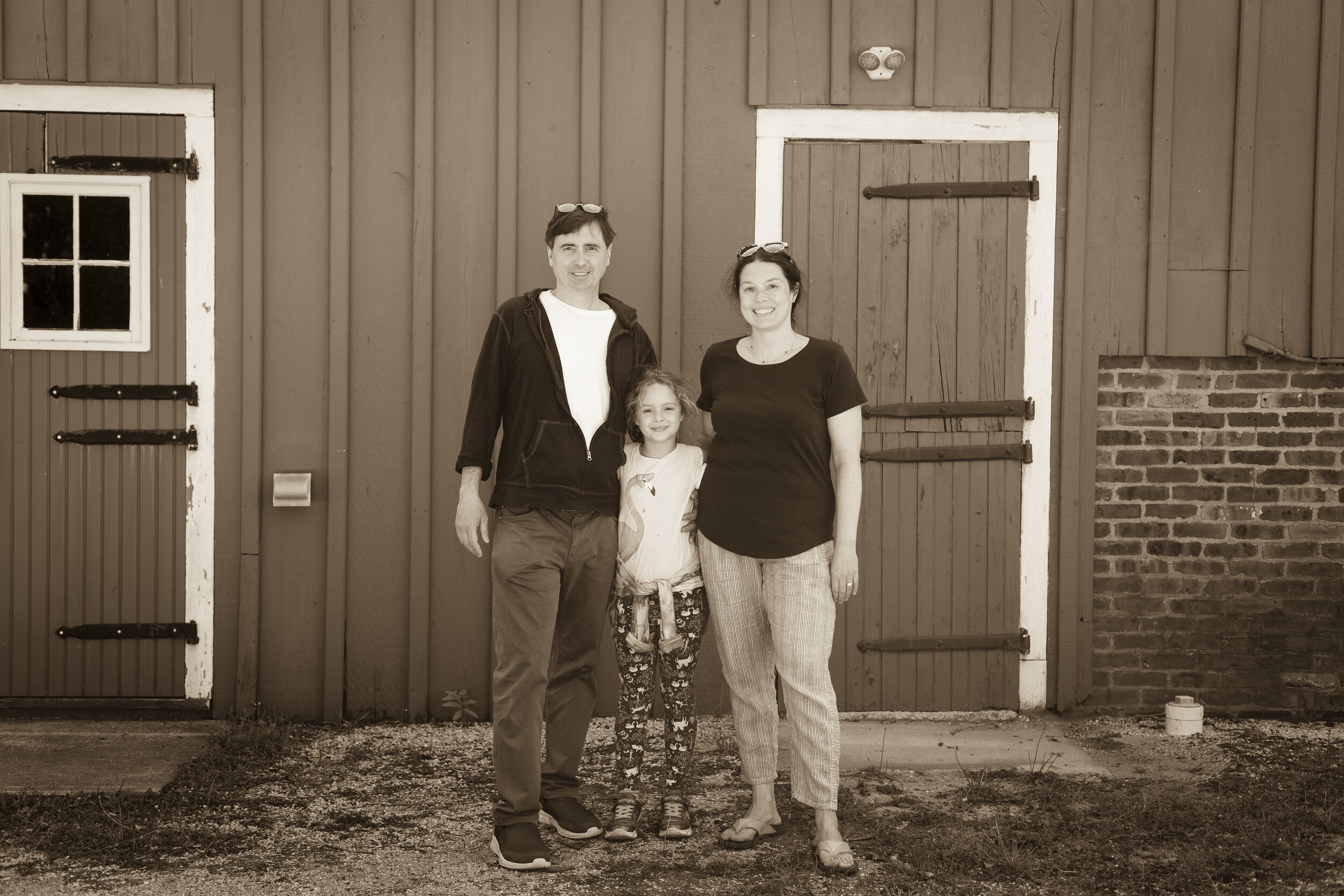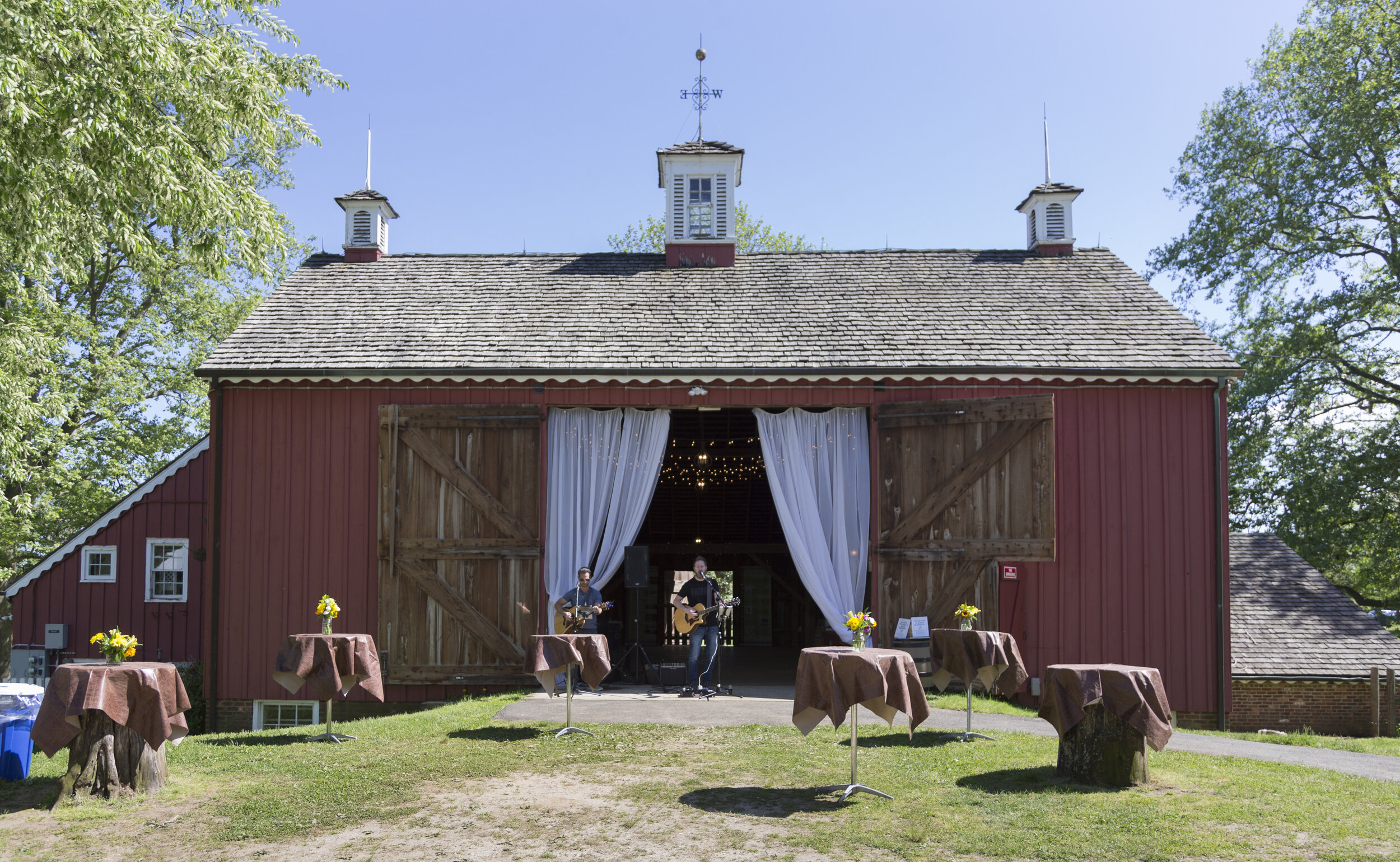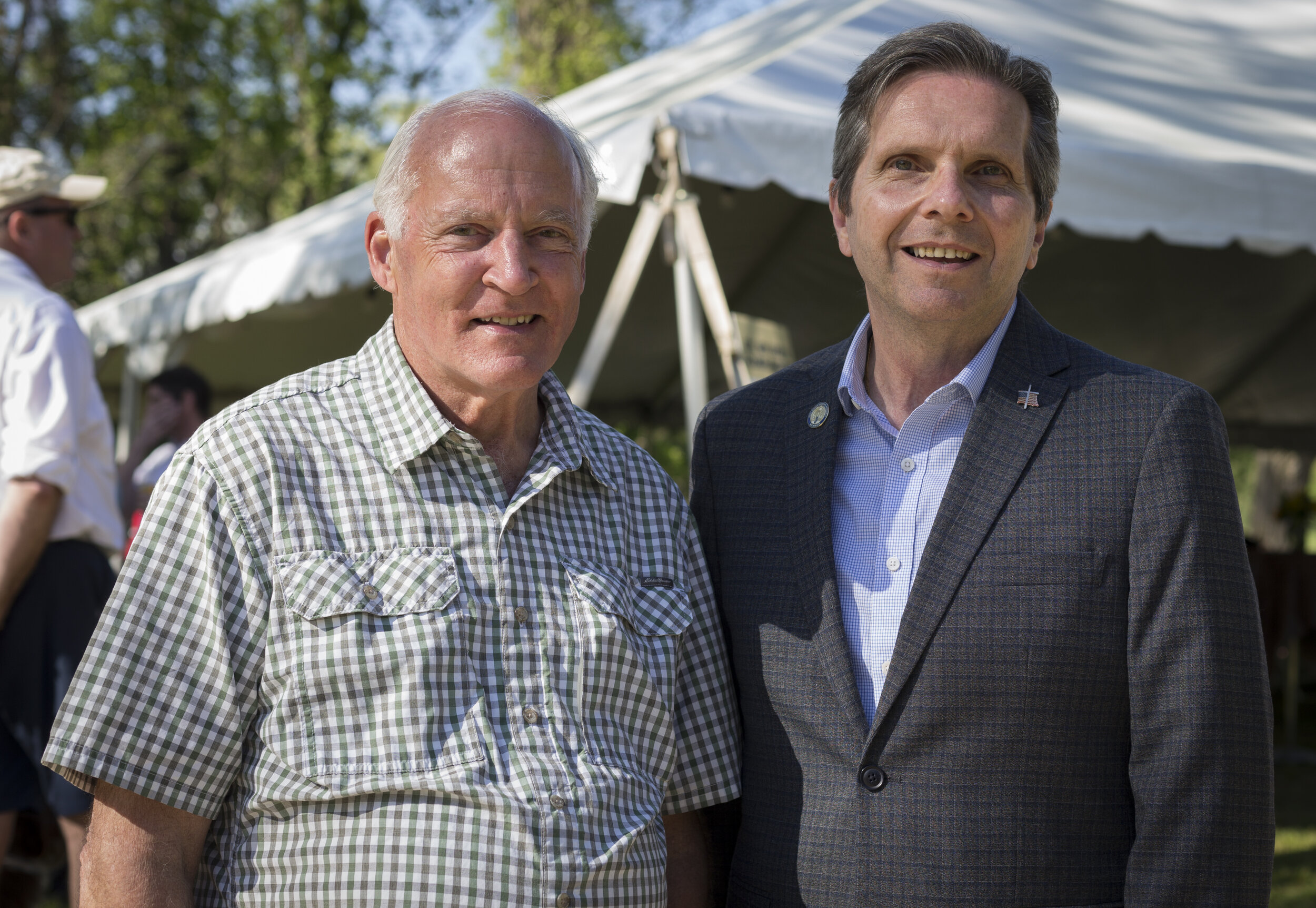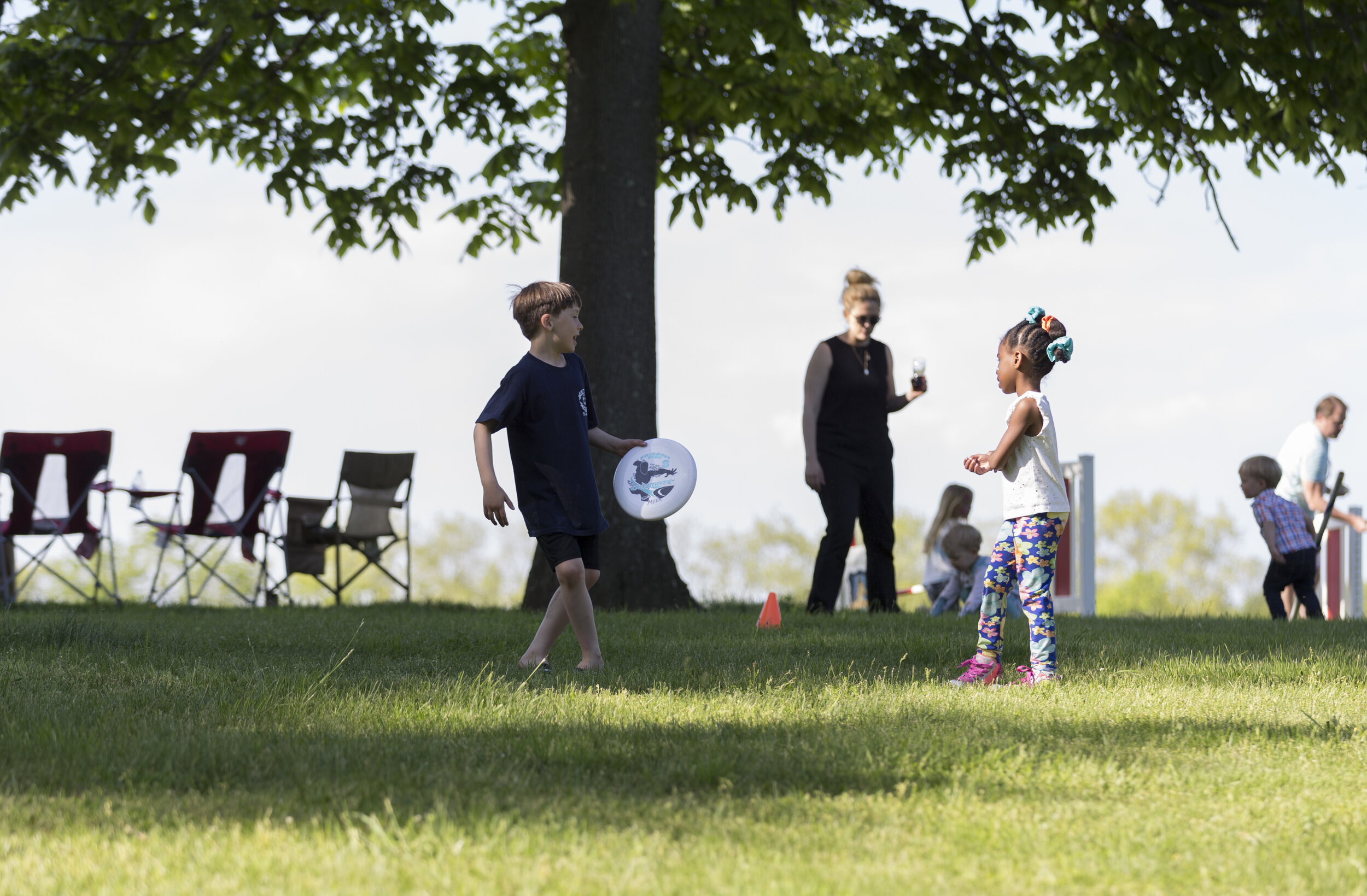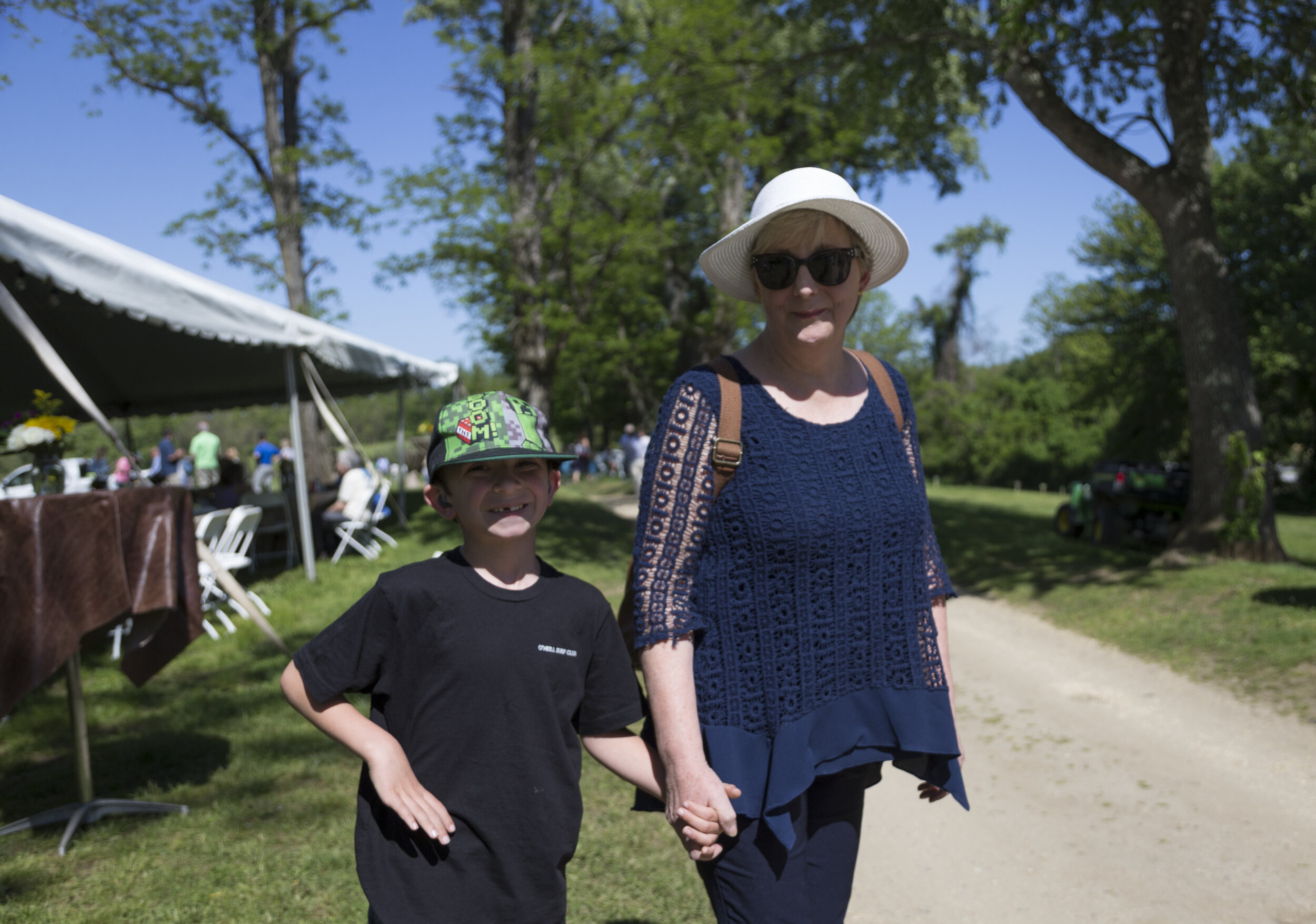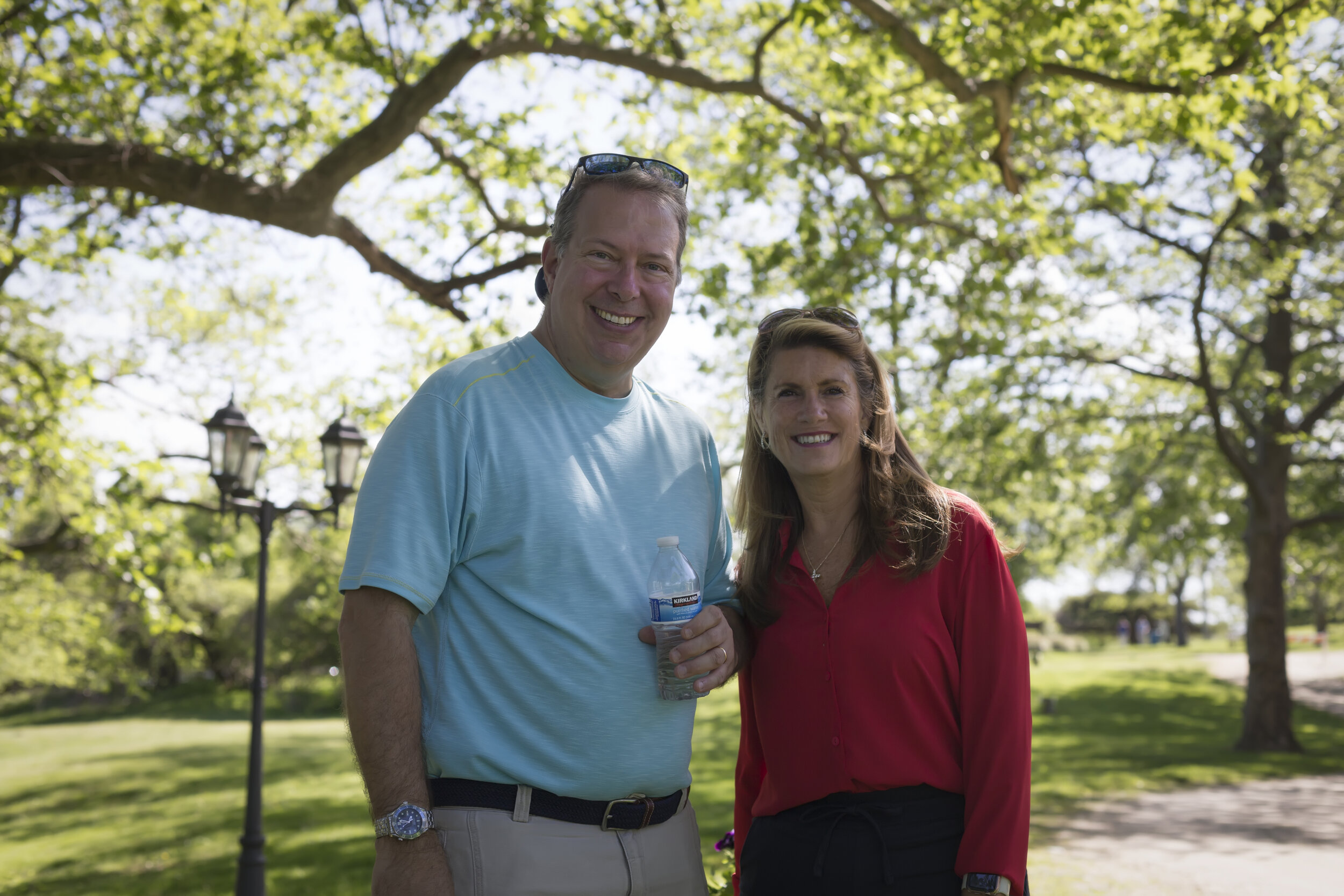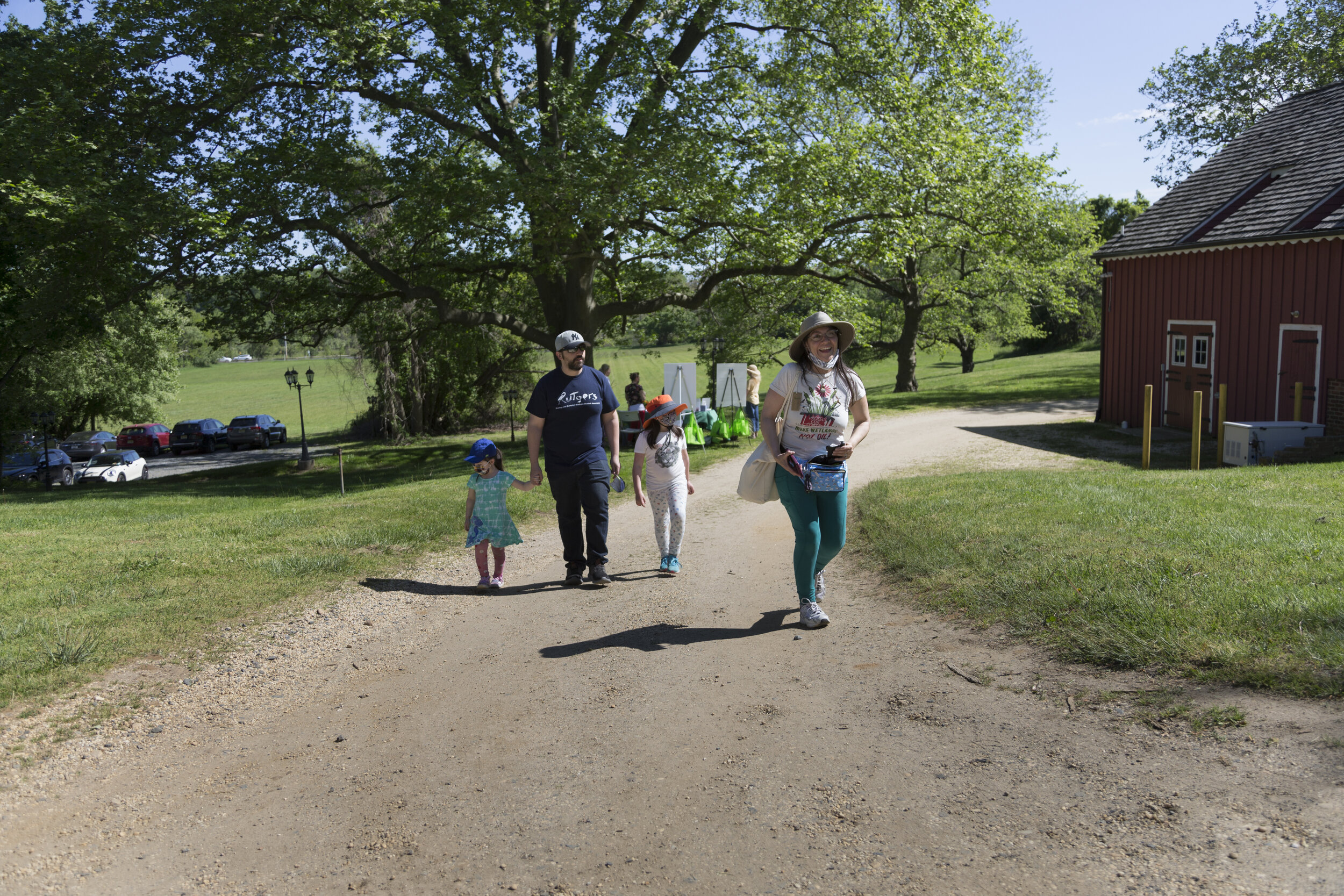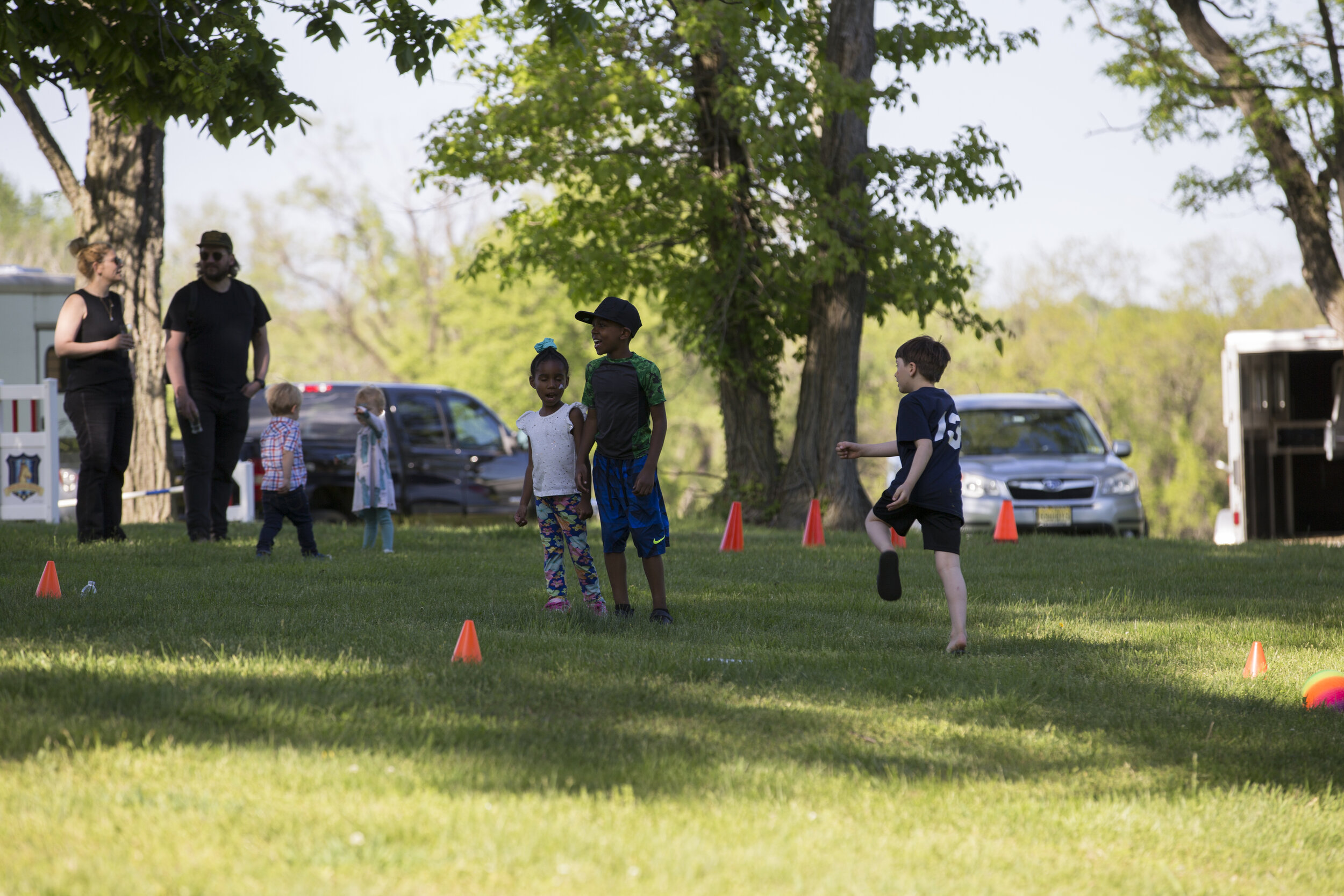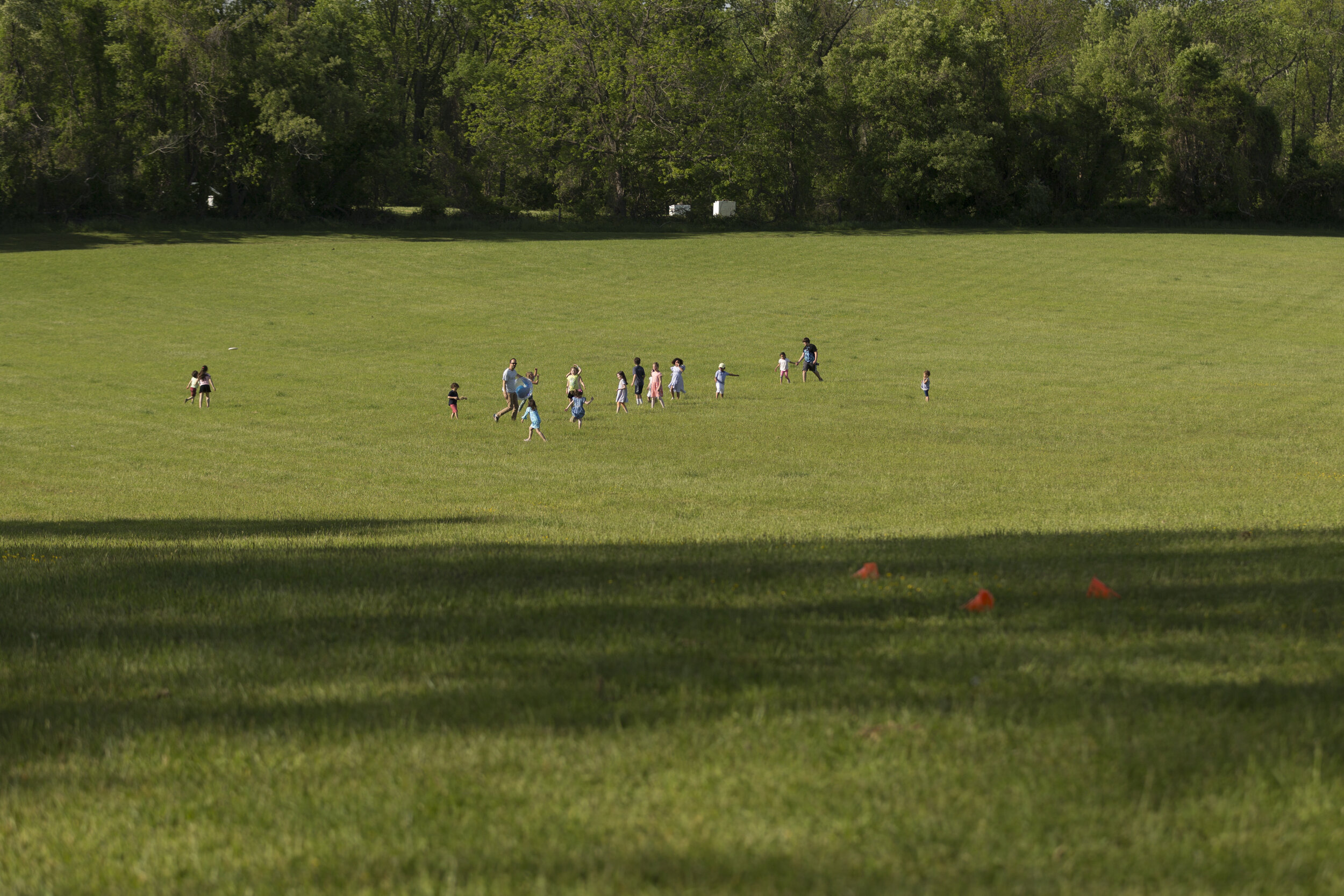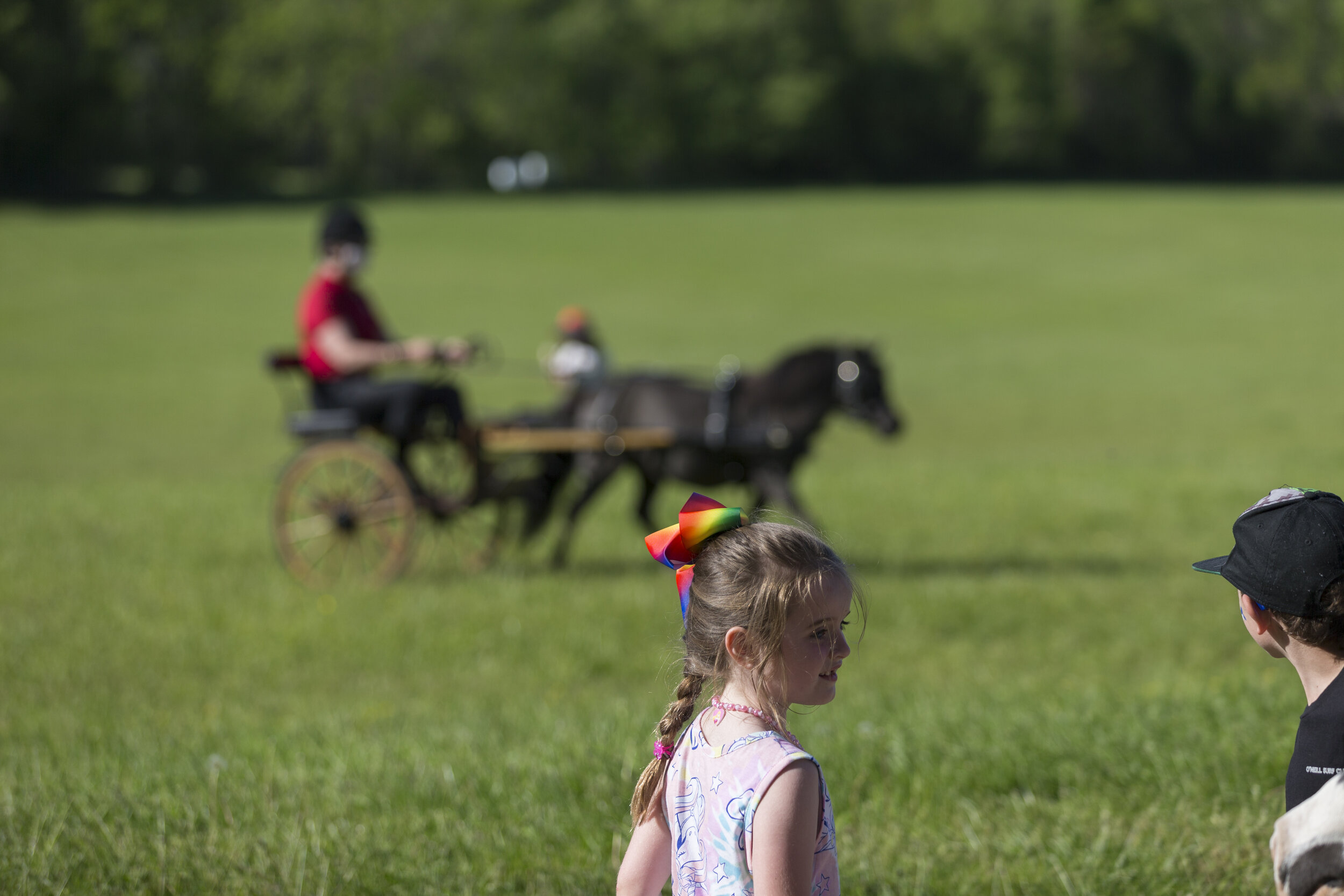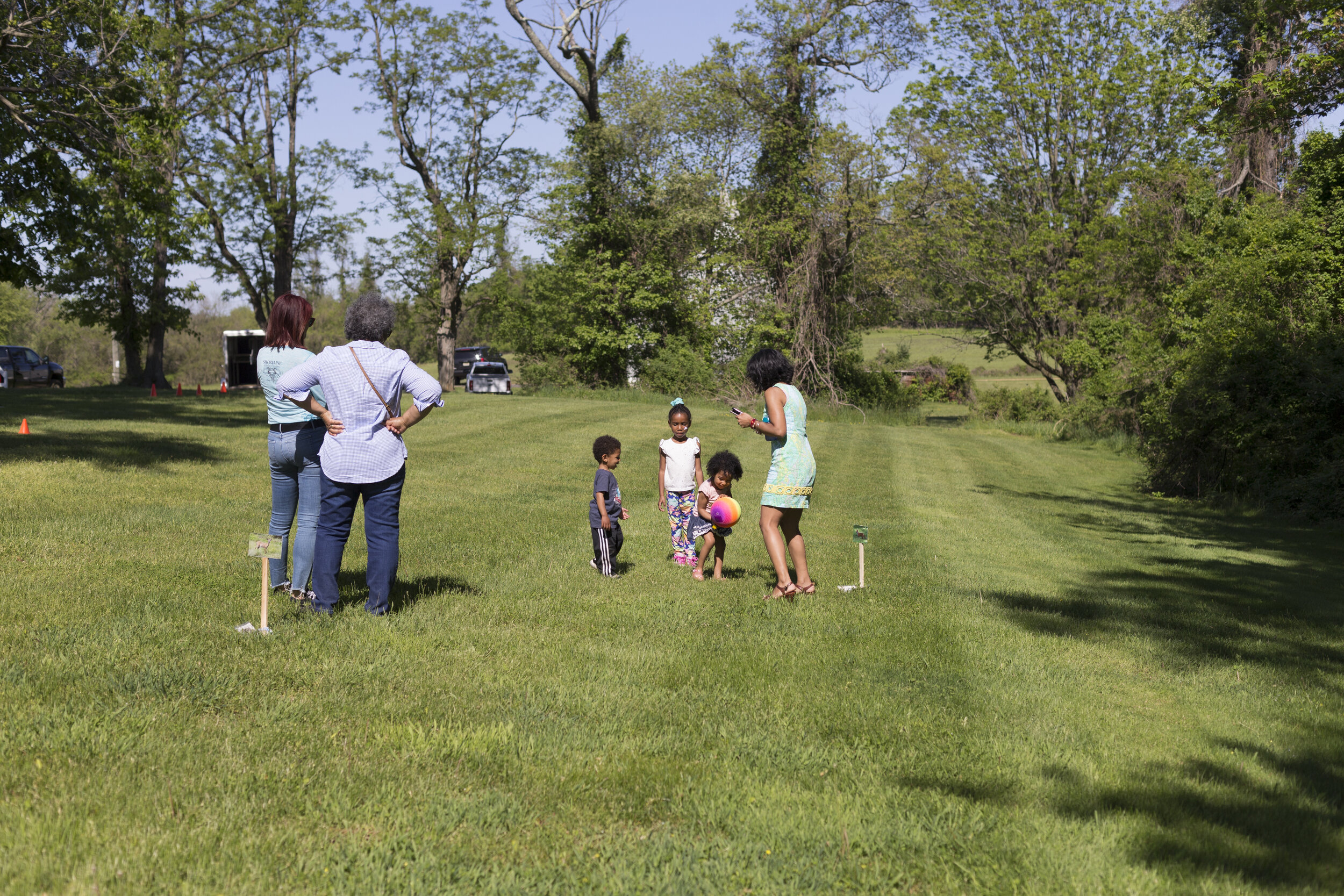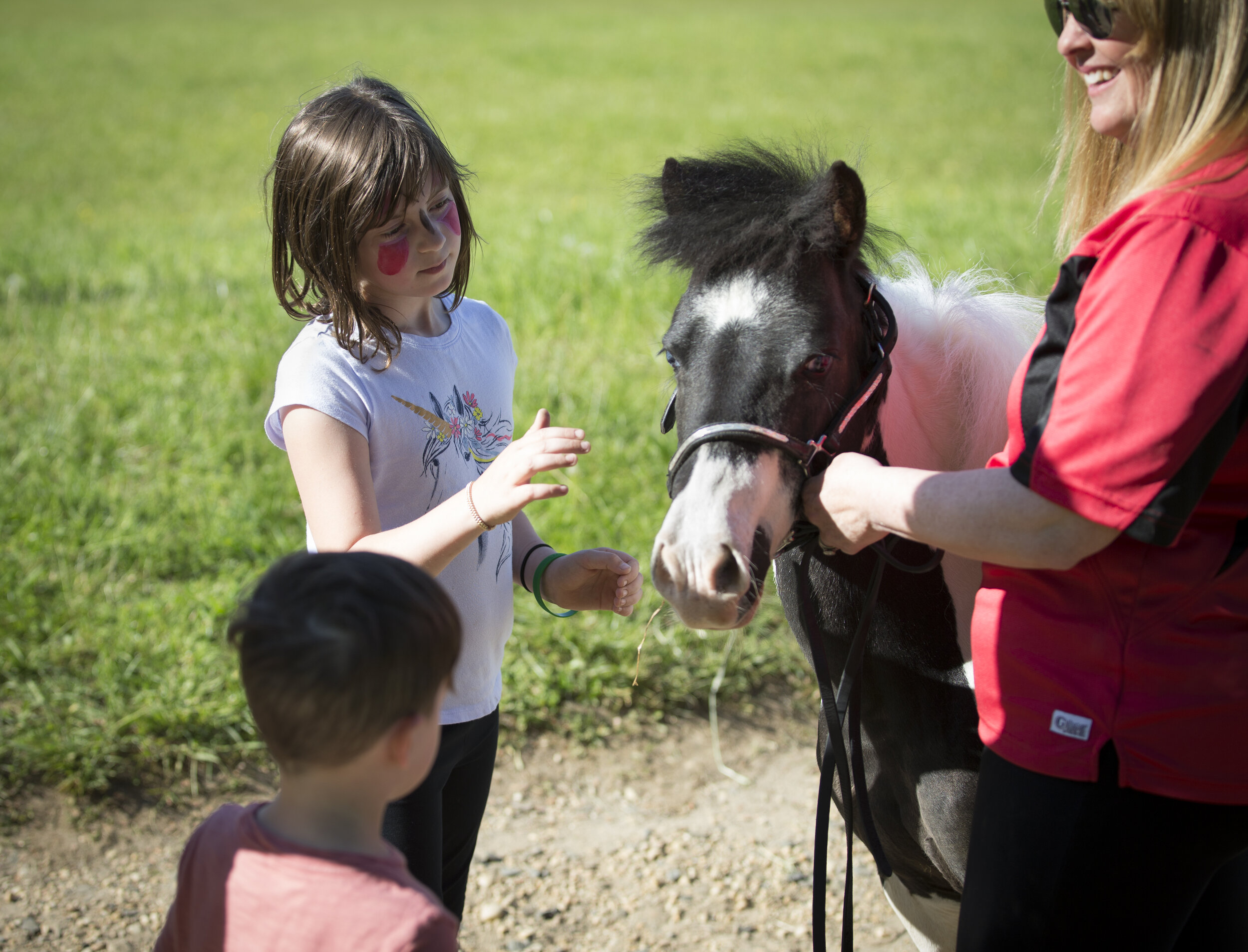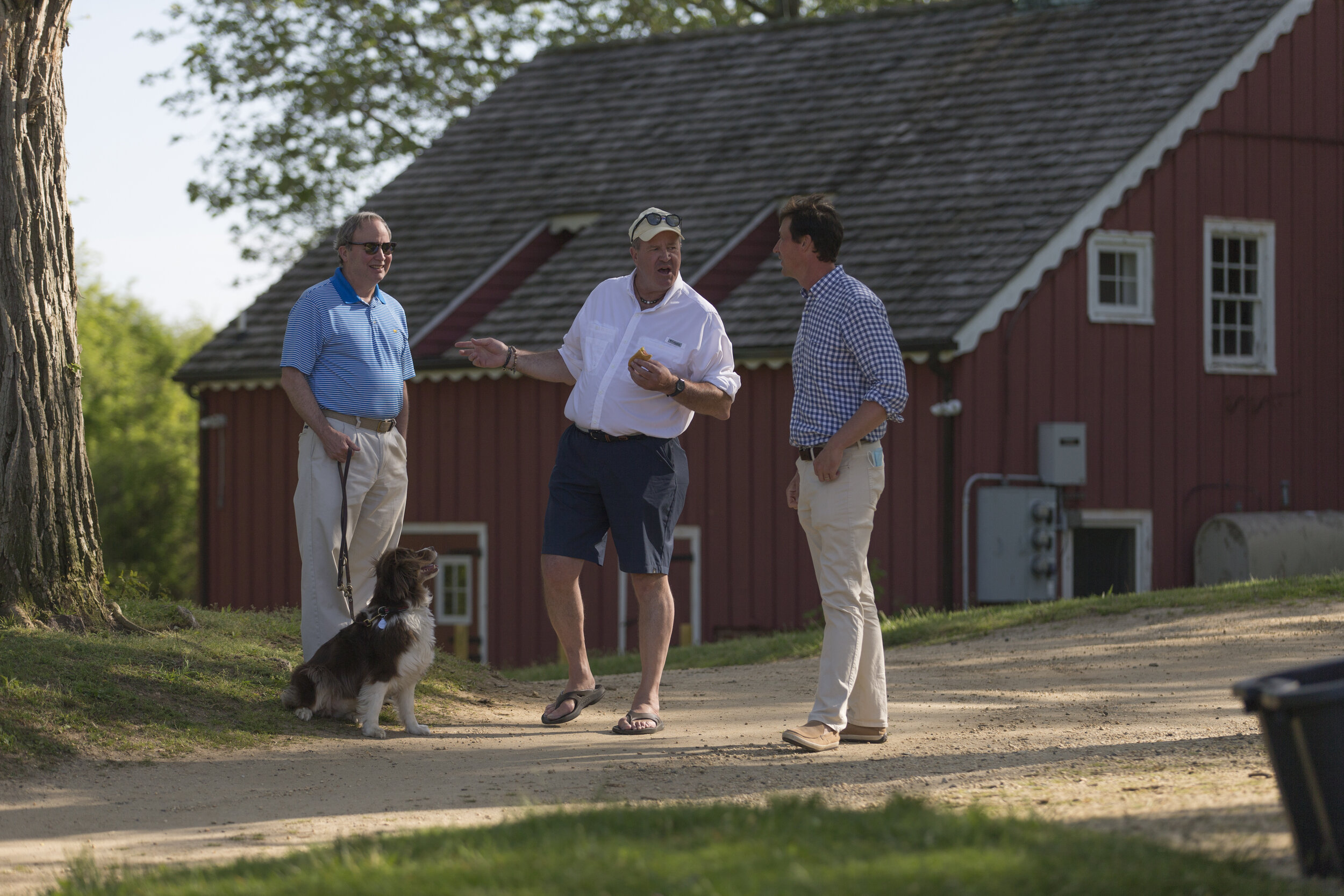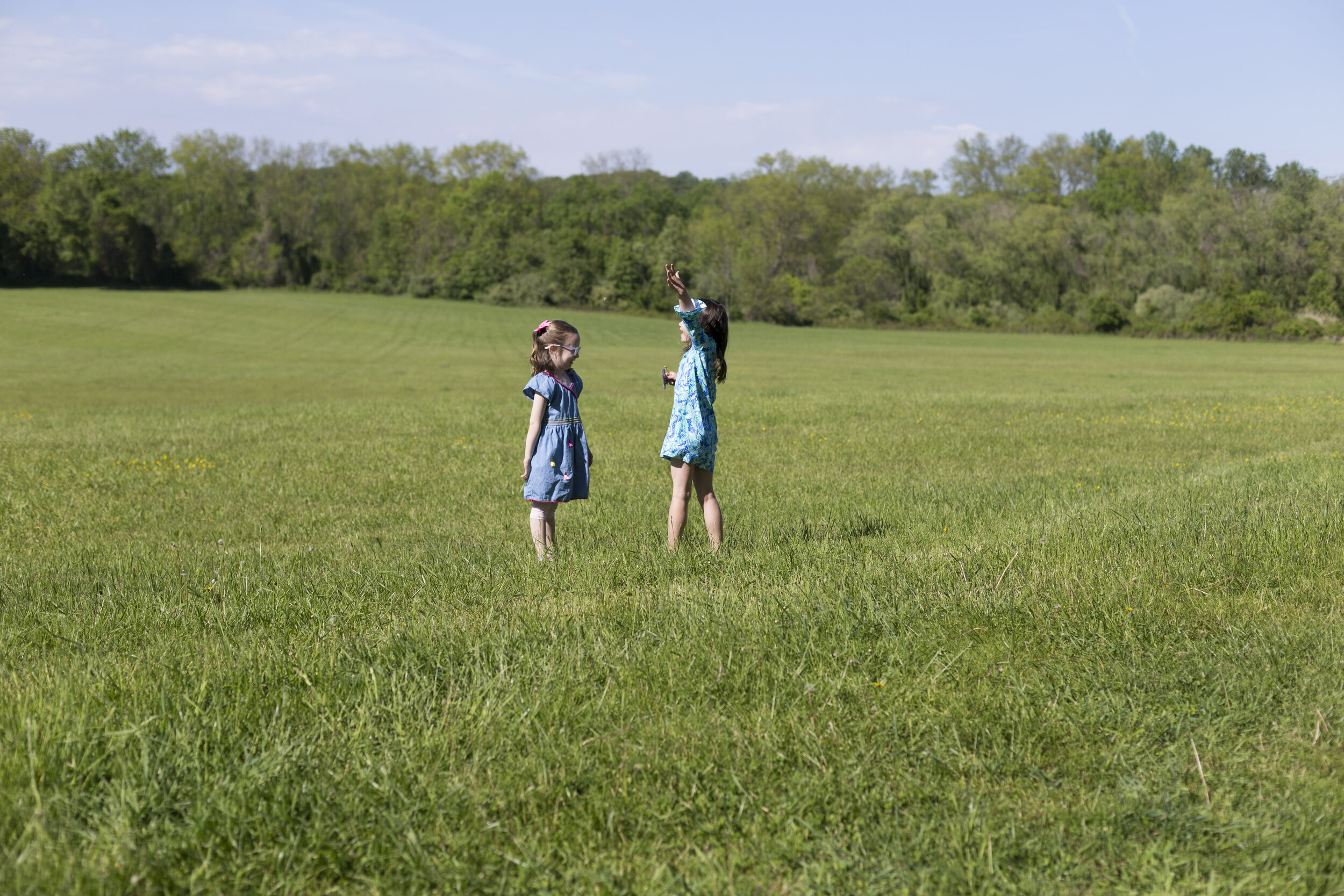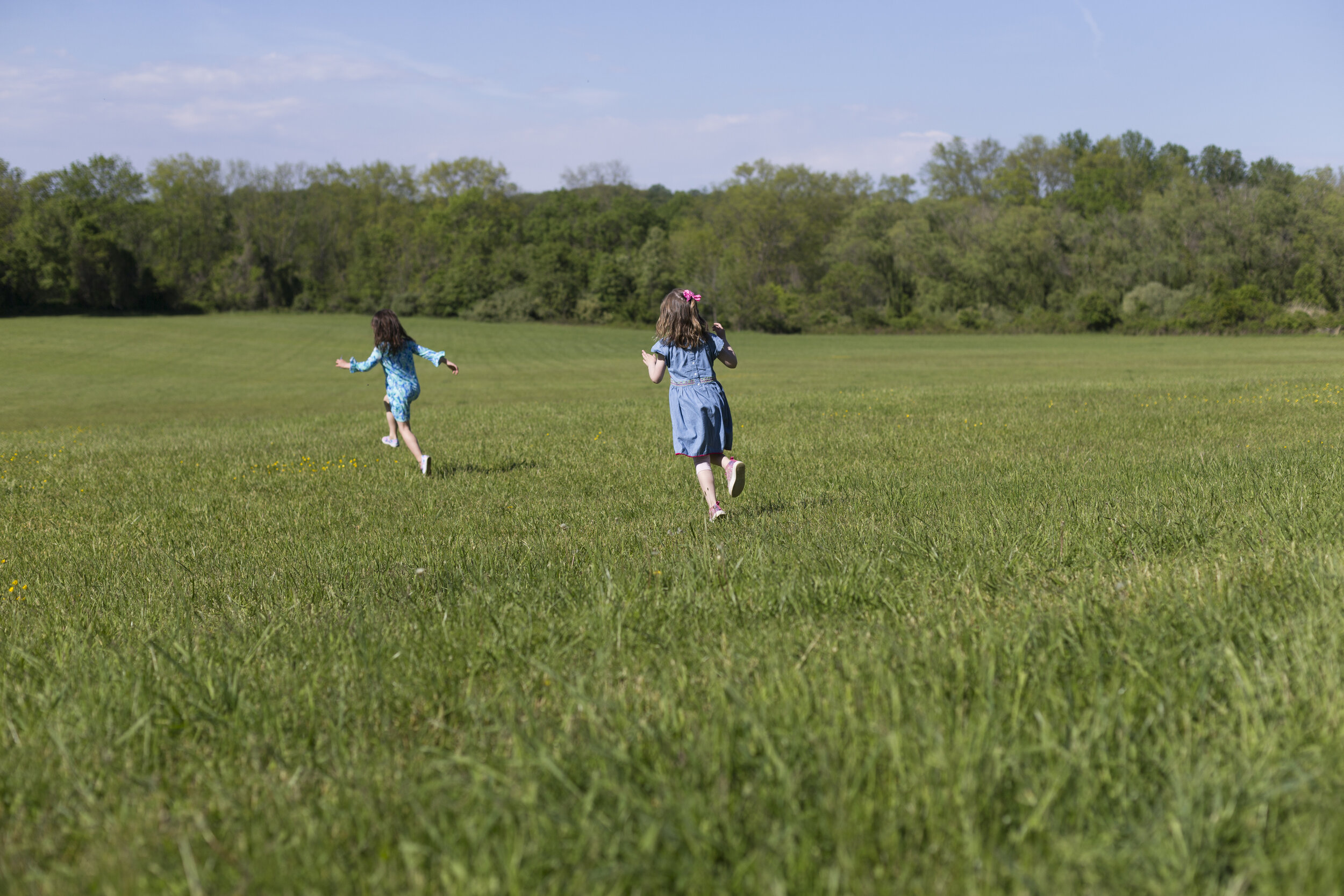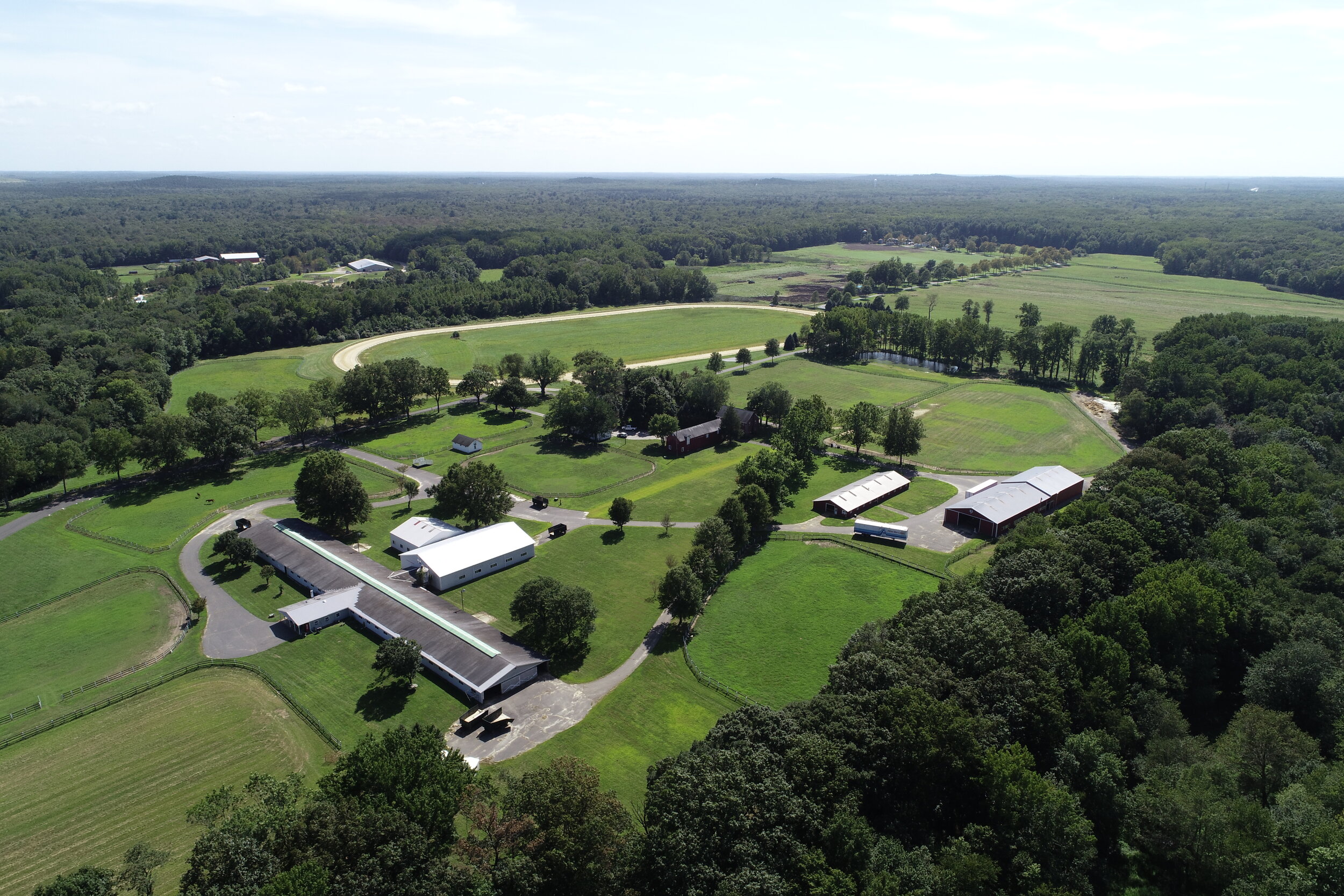One of the best parts of working at Monmouth Conservation Foundation is meeting all the amazing people that share our passion for the outdoors! Recently, we had the pleasure of meeting Edgar Badan, a 95-year young bike enthusiast who enjoys riding all over eastern Monmouth County on his bike, averaging at least 20-miles a day.
We connected with Edgar through his granddaughter Dena, who donated in her grandfather’s honor, the placement of a bike rack at Shrewsbury Riverfront Park in Sea Bright. (In case you are not aware, MCF is still seeking donations to raise $80,000 to continue the transformation of an empty lot into community greenspace along the river.)
We were struck by the wonderful connection that Dena has with her grandfather and his enthusiasm for bike riding that seems to keep him forever young!Join us on a photo journey to learn more about Edgar’s story and some of the biking adventures that Dena and Edgar have shared over the years.We are grateful for Dena’s generous donation in her grandfather’s honor.What a perfect way to commemorate a life-long passion for exploring the outdoors!
Edgar is pictured here with Dena in front of the 1964 World’s Fair Unisphere in Flushing Meadows, New York; one of the first of many bike rides that they would enjoy together.
Growing up in Switzerland, he began delivering ladders by bicycle (yes, really) at very young age and continued with his love of the sport throughout his life.
After emigrating to the United States from Switzerland (through Canada) in the 1950’s, Edgar settled in New York City with his wife and enjoyed a career as a restauranteur working in many restaurants like the famed Rainbow Room atop Rockefeller Center.His charming French accent made him the perfect maître d which, after years of hard work, led him to ultimately own a restaurant on 49th Street and Park Avenue.
“30-40 years ago when I biked in New York City people thought I was crazy. I biked over the bridge every weekend and throughout Central Park. I just keep biking. I loved it and I didn’t know it would last so long!” Edgar explained. Dena and Edgar are pictured here biking in the City.
“I fell in love with NY!”
– Edgar Badan.
Almost every day he rides a 20-mile circuit to Thompson Park in Middletown then through returning home through Bell Works in Holmdel.
He also enjoys riding to Sandy Hook and throughout the shore towns of Monmouth County.
Edgar enjoying a ride along Sandy Hook.












